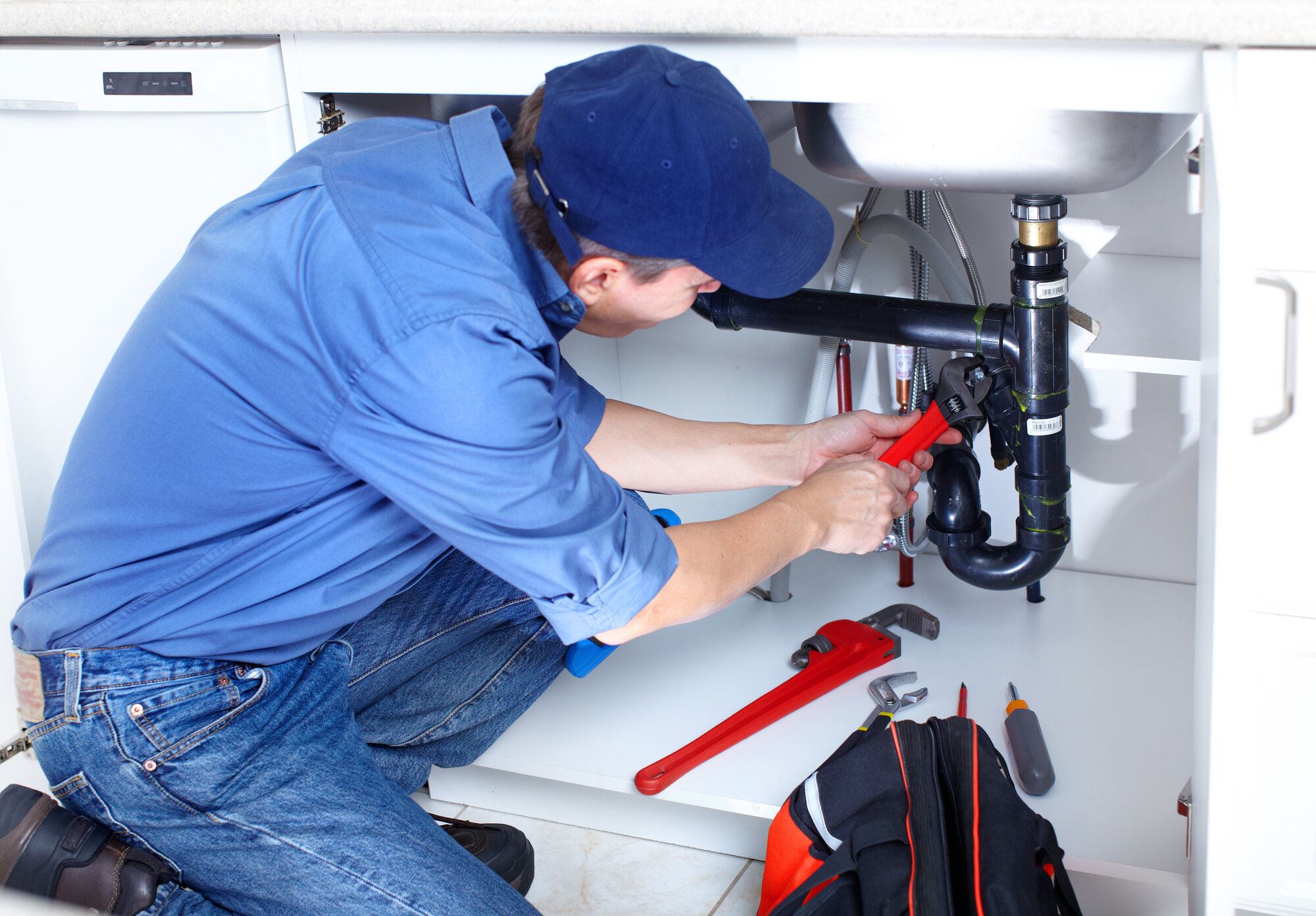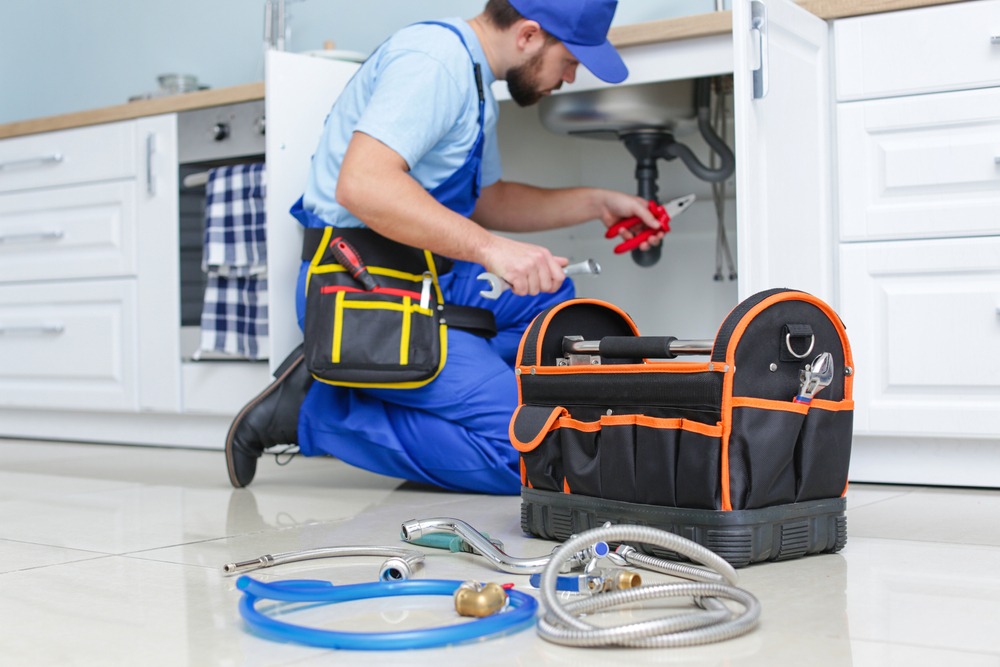Specialist Drain Cleaning Alabaster AL to Keep Your Water Lines Flowing
A Detailed Overview to Reliable Water Heating System Setup for Optimal Performance
Starting the task of mounting a water heating system is an endeavor that requires accuracy and a systematic method for achieving optimum efficiency. The process starts with the critical decision of choosing the suitable heating unit tailored to the particular requirements of your home, taking into consideration aspects such as dimension, energy, and type source. Once selected, preparing the installment location to meet safety and security standards is paramount. Nevertheless, the trip does not end right here. As you proceed, the details of connecting water lines and establishing up reliable electrical or gas links await, appealing insights into ensuring effectiveness and integrity.
Choosing the Right Hot Water Heater

Following, take into consideration the dimension and capacity of the hot water heater. It's essential to evaluate your house's warm water needs, which can vary based on the number of owners and their usage patterns. An unit that's as well little might lead to not enough warm water, while an oversized design could lead to unnecessary energy usage.
Performance ratings additionally play an essential function in selection. Try to find hot water heater with high Power Element (EF) rankings, indicating remarkable performance and decreased energy usage. Tankless designs, though usually a lot more expensive upfront, deal substantial power savings gradually due to their on-demand home heating abilities.
Preparing the Setup Location
Prior to installing a new water heating unit, meticulous preparation of the installation location is vital. This guarantees a smooth setup process and assists prevent future issues (Plumber Alabaster AL). Begin by selecting a proper area that abides with local building ordinance and safety and security criteria. The area needs to be dry, well-ventilated, and accessible for maintenance. It's essential to gauge the area thoroughly to suit the hot water heater's dimensions, making sure adequate clearance around the device for effective procedure and maintenance.
Check the flooring for security, as the water heating system will need a solid, degree surface to run properly. If essential, install a drip frying pan beneath the device to capture potential leaks or spills, avoiding water damage to the surrounding area.
Furthermore, make sure that all necessary tools and products get on hand before beginning the setup. This consists of items such as wrenches, screwdrivers, a level, and any kind of added hardware needed for mounting and securing the heating system. A well-prepared installment location sets the structure for a successful hot water heater configuration, maximizing performance and security.
Connecting Water System Lines
When linking water lines to your recently mounted water heating system, it is essential to make certain that all links are leak-free and safe to maintain reliable procedure and avoid water damage. Begin by identifying the cool and warm water lines. The cold water inlet is generally marked with a blue label or a "C", while the warm water outlet is noted with a red tag or an "H".
Use flexible water heating system adapters to assist in a much easier installation process. Before connecting the connectors, place a plumbing technician's tape around the threaded ends of the water heater's inlet and outlet pipes.
When links are More hints in area, slowly switch on the primary supply of water shutoff. Check each link for leakages by visually inspecting and really feeling for dampness. Tighten up links as needed, and make sure the pressure alleviation valve is correctly set up, protecting versus extreme pressure accumulation.
Establishing Electric or Gas Connections
Effectively establishing up the electric or gas links for your water heating unit is a critical step to guarantee safe and reliable operation. For electric water heating systems, begin by confirming that the electric circuit is suitable with the heating system's voltage and amperage demands.
For gas water heating units, security is critical. Connect the gas line to the water heater using an adaptable gas connector, ensuring it is effectively threaded and secured with pipe joint compound or Teflon tape suitable for informative post gas links.
Once links are made, evaluate for any kind of potential leaks. For gas lines, use a soapy water solution to the joints; bubbles suggest a leakage. For electrical connections, ascertain that all electrical wiring is protected and properly insulated, maintaining compliance with neighborhood electric codes.
Testing and Readjusting for Performance
With the electrical and gas links securely in location, the following action is examining the functional efficiency of your water heating unit. Begin by meticulously turning on the water supply and guaranteeing there are no leakages at any of the shutoffs or joints.
Next, perform an extensive inspection to make sure the burner or gas burners are operating properly. For electric heating systems, make use of a multimeter to verify if the elements are drawing the proper current. In gas versions, observe the burner fire; it should be consistent and blue, showing efficient combustion.
Readjust the setups as necessary to eliminate inadequacies. Consider implementing insulation measures, such as adding a water heating system blanket, to better enhance efficiency by lessening heat loss. In addition, inspect the anode pole's condition, as a tatty rod can lower performance and lead to tank deterioration.
Conclusion
Reliable water heater installation is vital for making sure optimal performance and power savings. By picking the proper kind and size, and meticulously preparing the installment location, a structure for success is developed. Safely linking water supply lines and thoroughly setting up electrical or gas connections lessen prospective problems. Thorough testing for leakages and exact thermostat changes to 120 ° F enhance reliability and effectiveness. Sticking to these actions advertises long-term performance and power preservation in domestic water heating unit.

Correctly establishing up the electrical or gas links for your water heater is an important step to guarantee effective and safe procedure. For electric water heaters, start by verifying that the electric circuit is compatible with the heating system's voltage and amperage requirements. Attach click reference the gas line to the water heating unit utilizing a flexible gas connector, ensuring it is appropriately threaded and sealed with pipeline joint substance or Teflon tape suitable for gas connections.